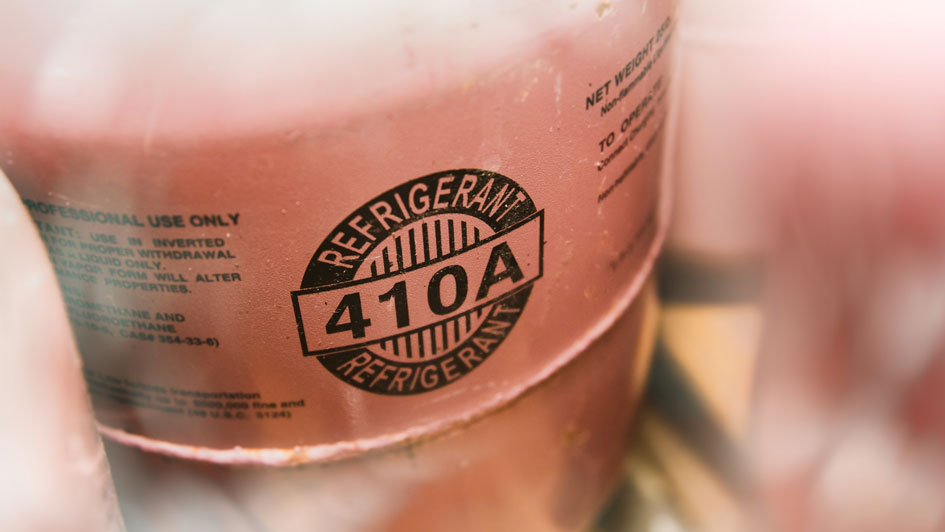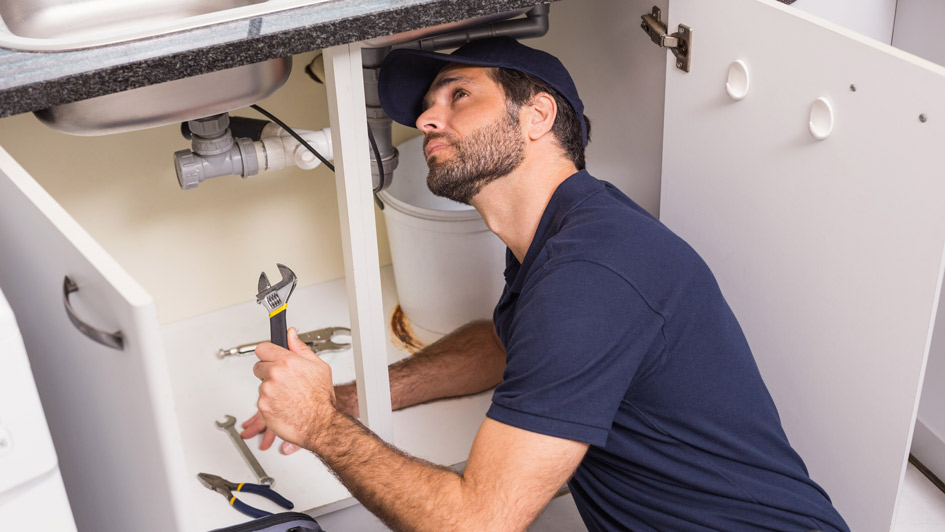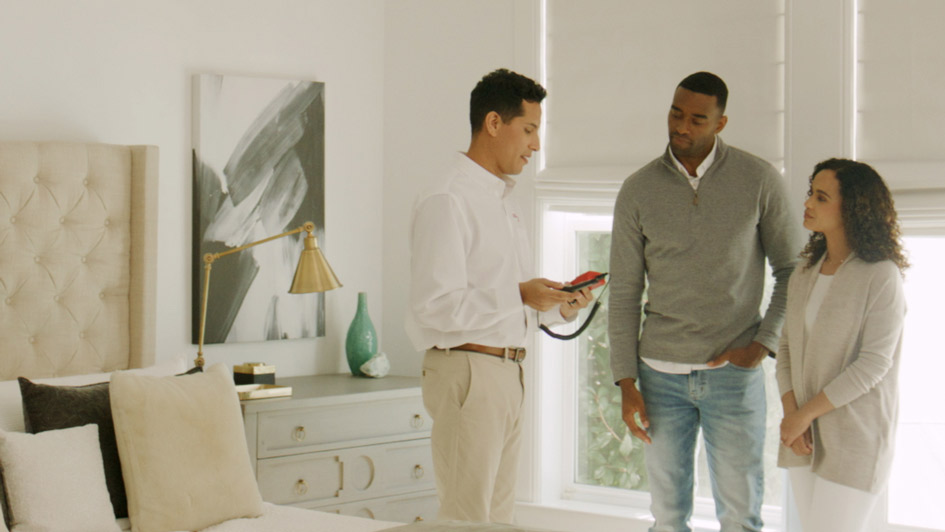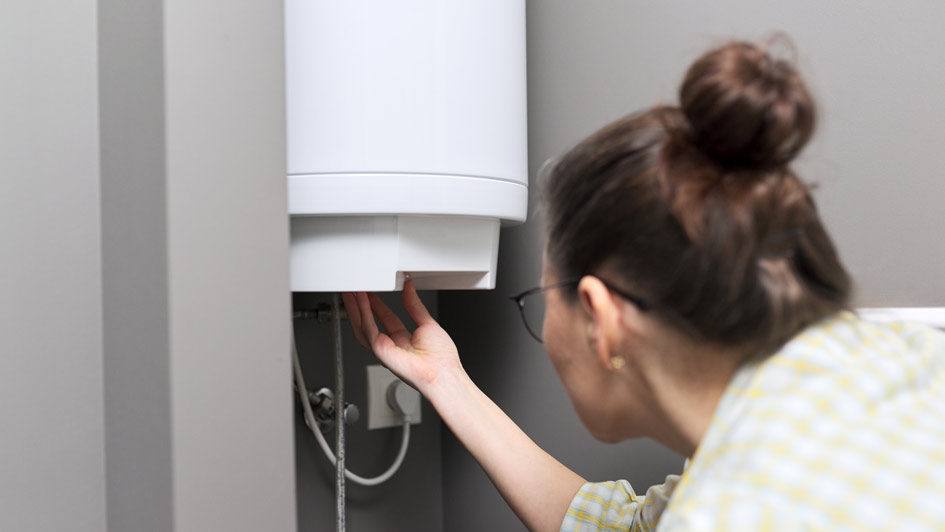Blog
Serving Mankato area and These Areas
Northern Comfort Inc
917 Southbend Ave.
Mankato, MN 56001
Phone: 507-387-6596
Email: [email protected]
About Northern Comfort Inc
At Northern Comfort Inc, making your home comfortable is our biggest priority. That’s why we supply dependable HVAC units and outstanding work in Mankato area. Our pros are skilled in a full selection of services, so you can have confidence in your results. They’ll offer the assistance you need, whether it’s putting in a new HVAC system or repairing and inspecting your existing equipment. We’re available to provide support for all of your needs, so call us at 507-387-6596 or contact us online to request an appointment today.
© 2025 Northern Comfort Inc | All rights reserved












